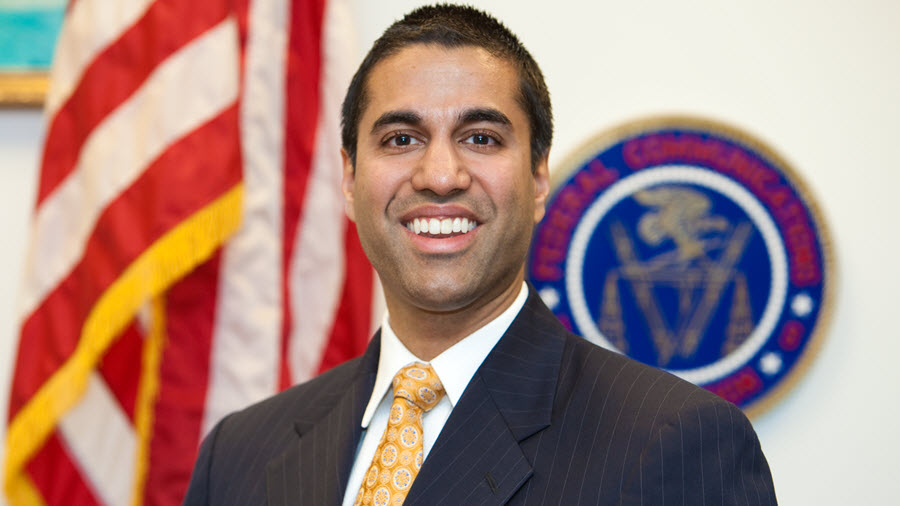Pai Signals Leased-Access Do-Over

FCC chairman Ajit Pai has signaled he plans a remake of the FCC's leased-access rules.
That is according to Pai's blog about what he has billed a "blockbuster" June public meeting. Tackling leased access is the latest in his series of modernizing media regulation initiatives.
"The glaring problem with our leased-access rules is that they’ve been in legal limbo for a decade," said Pai. "The Commission updated them in 2008 [under then-FCC chairman Kevin Martin], but the Office of Management and Budget never approved them, and a federal court halted them. All this means that the 2008 update never went into effect and businesses are still operating under rules adopted nearly 25 years ago."
Cable operators had challenged that 2008 update in court given that it had slashed rates by 75% (cable ops viewed Martin as having a "vendetta" against the industry). NCTA-The Internet & Television Association argued at the time that the result would be shoddy programming that viewers would not want to watch and that, under the new rate, cable ops might not be compensated at all.
"Leased access was a promising concept that the FCC strangled at birth," said leased access Andrew J Schwartzman, who fought for the concept in court. "After Kevin Martin tried to resuscitate it, the Commission killed it off for good."
Related: Whack: Book Slams on Leased Access Fight
Pai said he plans to start fresh.
Broadcasting & Cable Newsletter
The smarter way to stay on top of broadcasting and cable industry. Sign up below
"I’ve proposed to vacate the 2008 Order and start over with a clean slate regarding our leased access rules — including an examination of how to modernize them to fit the modern marketplace."
Under the rules, cable operators are required to set aside channels for lease to unaffiliated third parties according to a set formula: Cable operators with fewer than 36 channels only have to set aside channels if it was part of their franchise agreement before the leased-access rules were enacted. Those with 36 to 54 channels have to set aside 10%. Operators with at least 55 channels have to set aside 15%.
The formula has numerous other elements, including set-asides for minority programming, minimum technical support to the lessees, prohibitions on indecent programming, and rates based on the average "implicit" fee non-leased access programmers pay for carriage, essentially enough to recover costs and turn a profit, and a maximum rate for a la carte.
Related: Leased Access: How Much?
Also of note on the June meeting docket are an item on repurposing more spectrum for 5G and one on speeding the move from legacy copper to fiber networks, including by not making the private sector "spend scarce dollars propping up fading technologies of the past and promote investment in technologies of the future."
Contributing editor John Eggerton has been an editor and/or writer on media regulation, legislation and policy for over four decades, including covering the FCC, FTC, Congress, the major media trade associations, and the federal courts. In addition to Multichannel News and Broadcasting + Cable, his work has appeared in Radio World, TV Technology, TV Fax, This Week in Consumer Electronics, Variety and the Encyclopedia Britannica.

